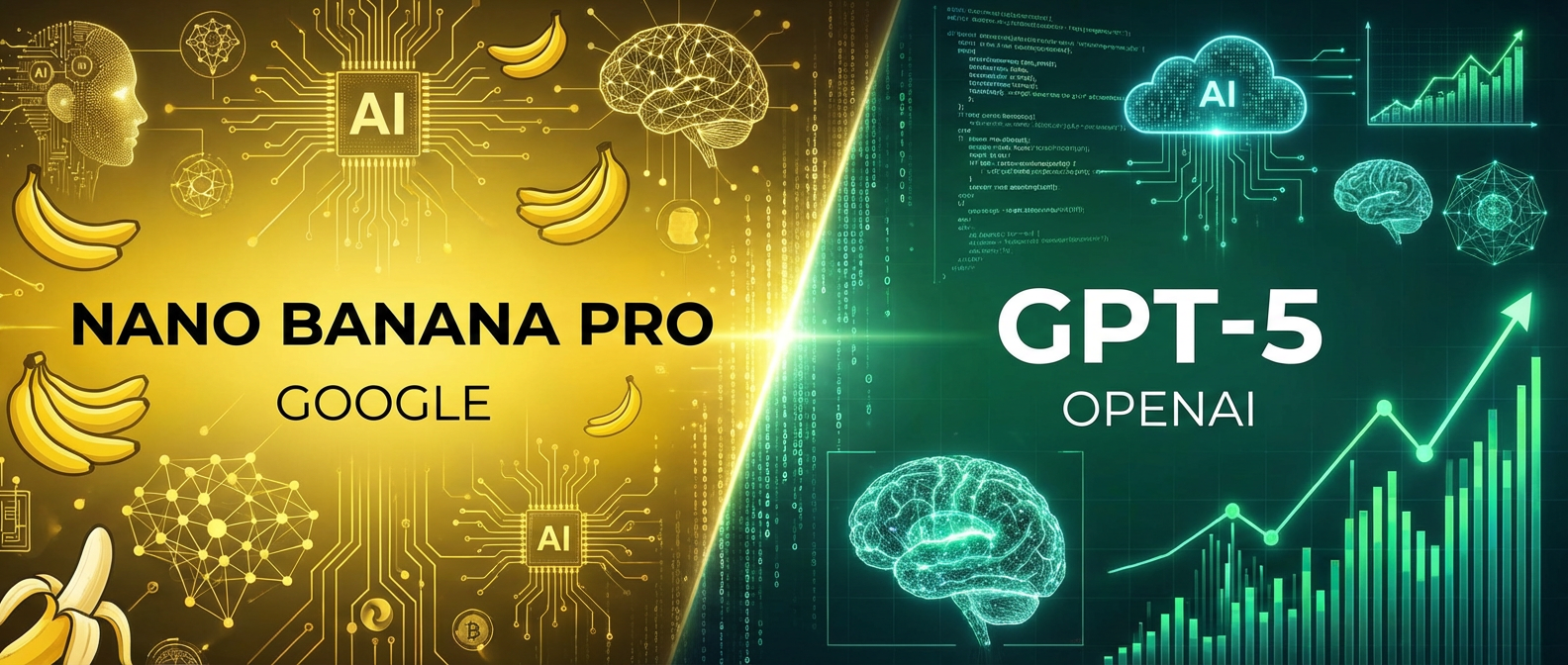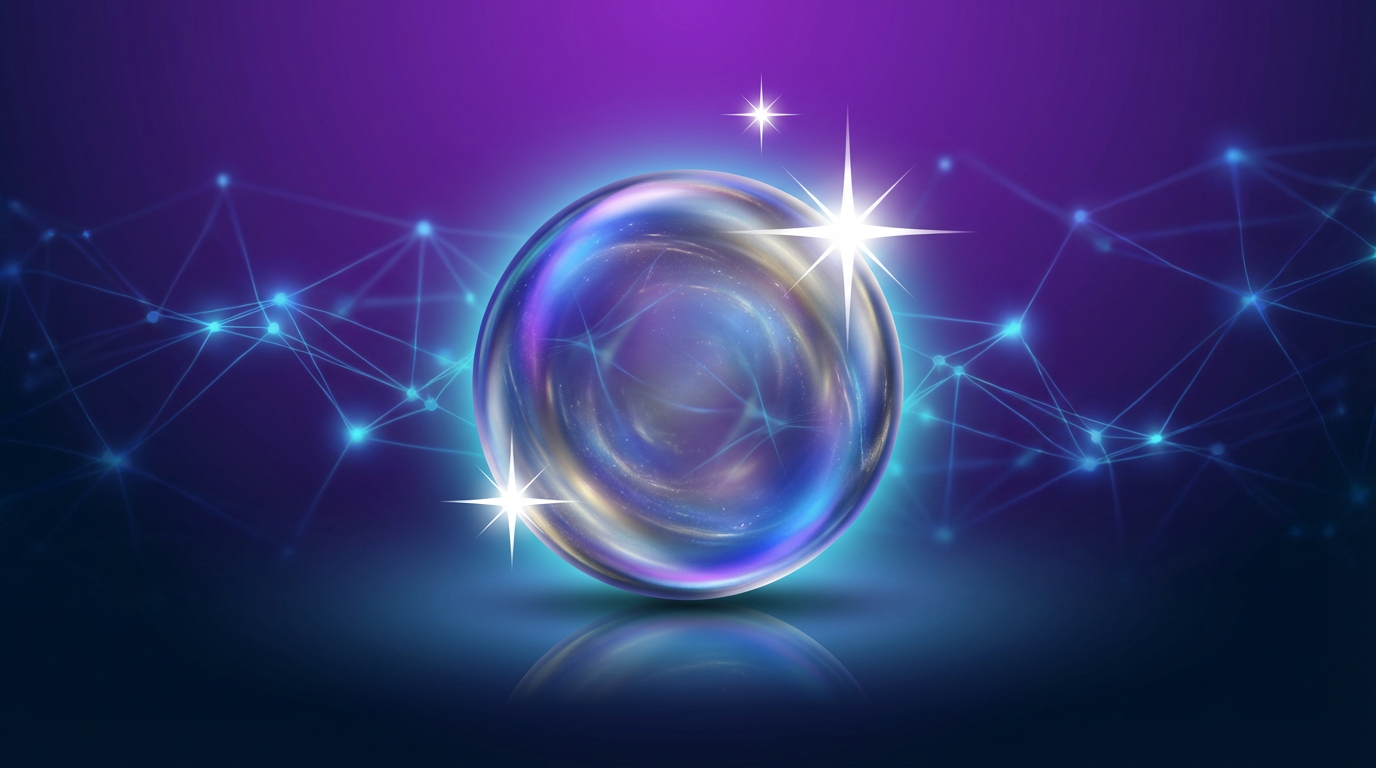The thing that excites me about AI now is how buzzing advancements it is, especially in the things I have most interest and experience at: video generation and creation. Text-to-video AI models are at the forefront of this revolution. Two top contenders are Sora and (that is a new one) Kling AI. Both have caught the eye of creators and tech fans in 2024. Both AI tools promise impressive capabilities, but they cater to different needs and audiences. And of course, not everything is accessible still. But this article takes a deep dive into those two solutions for video generation. I will explore their strengths, weaknesses, and how they compare in the rapidly changing world of AI video.
Sora: The Pioneer of Photorealistic Video Generation
Sora was developed by OpenAI. Since its announcement it was seen both by AI community and by video professionals all over the world as a groundbreaking platform. It now redefines what is video, video creation and how it will be done soon. It is known for its exceptional ability, but still not avaliable to a wide audience outside OpenAI’s limited list. Sora creates very realistic videos from simple text, and does that with almost any kind of subject. You may see more here: https://openai.com/sora/ . Not being widely released, it already became a benchmark in the field and set a new standard for the quality and coherence of AI-generated video content. That is why now everyone else tries to outcompete OpenAI and Sora in terms of Video – and to make it faster as well.
What Makes Sora Special:
Photorealistic Quality: Sora's videos are strikingly realistic, capturing fine details, intricate movements, and subtle lighting effects that are remarkably lifelike. Very rarely can you find a noticeable mistake.
Intuitive Text-to-Video: Sora can turn a simple text prompt into videos. The videos faithfully represent the user's intentions. It understands the nuances of language and translates them into visually compelling narratives.
Creative Flexibility: Sora allows users to explore many creative options. They can make realistic scenes of nature and cities. They can also make fantastical creatures and imaginative concepts.
Integration with OpenAI Ecosystem: Sora is promised to be seamlessly integrated with OpenAI's other tools and services, such as DALL-E 2 and ChatGPT, enabling users to combine different AI capabilities to create even more sophisticated projects.

Sora in Action:
Here are some examples of Sora's impressive video generation capabilities:
Scenic Landscapes: Sora can generate stunning visuals of natural landscapes, capturing the nuances of light, shadow, and movement in a way that feels remarkably authentic. You can imagine creating videos of majestic mountains, serene beaches, or vibrant forests.
Human Interaction: Sora excels at generating videos featuring human characters, with realistic facial expressions, body movements, and interactions that are remarkably lifelike. Imagine creating videos of people having conversations, dancing, or playing sports.
Creative Concepts: Sora can bring imaginative concepts to life. These include fantastical creatures, dream-like scenes, and abstract visuals. They push the boundaries of traditional video creation. Think of creating videos of mythical beings, surreal dreamscapes, or abstract art.
[Insert a link to OpenAI's Sora website or a demonstration video of Sora in action]
The main dsadvantage is – only a limited number of developers and testers may now ue Sora. Open AI is very careful with this techology because of ethical questions, 2024 elections in US and other countries, and other more technical reasons. The competitors may take more liberties and have, in my opinion, lower stakes to start with. One of alternative text-to-video solutions is Kling AI.

Kling AI: A Fresh Challenger with a Focus on Realism and Longer Videos
Kling AI, a relatively new player hailing from China, has quickly emerged as a formidable competitor to Sora. Sora is known for its photorealistic output. But, Kling AI takes a different approach. It emphasizes realism, longer video generation, and a deep understanding of real-world physics.
Kling AI's Key Strengths:
Sora-Level Realism: Kling AI's videos are remarkably realistic, often described as being on par with Sora's output in terms of visual detail and coherence. The platform can capture the nuances of light, shadow, and motion. It does so in a way that feels very real.
Multi-Resolution: Kling AI supports various resolutions. These include full HD (1080p). They provide flexibility for different video uses and viewers. This allows creators to tailor their videos to specific platforms or requirements.
Understanding of Real-World Physics: Kling AI's videos show an understanding of physics. Objects and movements behave naturally. This makes the generated videos feel more believable and immersive.
Longer Videos: Kling AI enables users to generate videos up to 2 minutes long. This expands creative options for longer narratives and storytelling. This opens up new avenues for creating more complex and engaging video content.

Kling AI in Action:
Examples of Kling AI's video generation capabilities showcase its impressive features, and, unsurprisingly, they are similar to Sora:
Landscapes: Sora can also generate stunning visuals of natural landscapes. It captures the details of light, shadow, and motion in a way that feels very real. Imagine creating videos of rolling hills, sparkling lakes, or breathtaking sunsets.
Humans and their interactions: Kling AI is also great at making videos with human characters. The characters have realistic facial expressions, body movements, and interactions. These qualities are remarkably lifelike. This makes it ideal for creating videos. The videos can show people in everyday situations or engaging in more dramatic scenes.
Creative Concepts: Kling AI can bring imaginative concepts to life, such as depicting fantastical creatures, dream-like scenarios, or abstract visuals that push the boundaries of traditional video creation. Think of creating videos of mythical beings, surreal dreamscapes, or abstract art.
[Insert a link to a demonstration or review of Kling AI's video generation capabilities, if available]
We have a short turorial on how to access Kling AI. It is quite simple and you can start generating videos knowing those steps: https://writingmate.ai/blog/get-access-to-kling-ai
Sora vs. Kling AI: A Comparative Analysis
Choosing between Sora and Kling AI depends on your specific requirements and priorities.
When to Choose Sora:
Photorealism: If your project demands the highest level of photorealism, Sora is currently considered the gold standard. It can make videos that are indistinguishable from real footage. This makes it ideal for projects that need a highly realistic look.
OpenAI Ecosystem: If you are already using OpenAI's other tools and services, like DALL-E 2 and ChatGPT, integrating Sora into your workflow is seamless.
When it will become avaliable on request or publically :)
When to Choose Kling AI:
Longer Videos: If your project requires videos that exceed the typical length limitations of other AI platforms, Kling AI's ability to generate videos up to 2 minutes long is a significant advantage.
Real-World Physics: If you need videos that exhibit a deep understanding of the laws of physics, Kling AI's advanced algorithms are likely to deliver more realistic and believable results.
To try out video generation at this moment, when the technology is still very fresh.

The Future of AI Video Generation: A Race to the Top
The competition between Sora and Kling AI is now pushing the boundaries of what's possible with AI video generation. They are not alone – other companies do Video AI like Luma AI, which I will write a separate article on. All of those models now are evolving and refining their algorithms, testing lots of things and figuring out ethical, legal and technical questions. This will lead to even more impressive and innovative capabilities in the near future. The rivalry like this, in my opinion, is good for all kinds of creators. Why? Because it drives fast progress in the field, like nothing I’ve seen before. This progress leads to better and easier tools for making video content – for filmmakers, companies, creatives, hobbyists, and much more.

Key Takeaways:
Sora: The undisputed leader in photorealistic video generation, but now limited to shorter video lengths and avaliable to a very limited number of people.
Kling AI: A strong contender with impressive realism, longer video generation capabilities, and a deep understanding of physics. Avaliable on request.
The future of AI video generation seems to be bright, with Sora and Kling AI leading the charge. As these platforms continue to evolve, we can expect to see even more realistic, immersive, and creative videos and tests, and, finally, a worldwide public release of both.
If you want to easily use text-to-image and text generation AI models from a single and intuitive application, consider Writingmate. We developed this tool to simplify and enhance AI usage. Writingmate includes top AI models such as GPTs, Claude, Mistral, Llama, and more. Additionally, you can generate images with built-in DALL-E 3 and Stable Diffusion, all using natural language. It works great on desktop as a web application and provides help in various tasks.
For other detailed articles on AI topics, you may read our blog. We write about different language models, well-known and new. We share updates, news and tutorials about Artificial Intelligence and much more.
Written by
Artem Vysotsky
Ex-Staff Engineer at Meta. Building the technical foundation to make AI accessible to everyone.
Reviewed by
Sergey Vysotsky
Ex-Chief Editor / PM at Mosaic. Passionate about making AI accessible and affordable for everyone.



